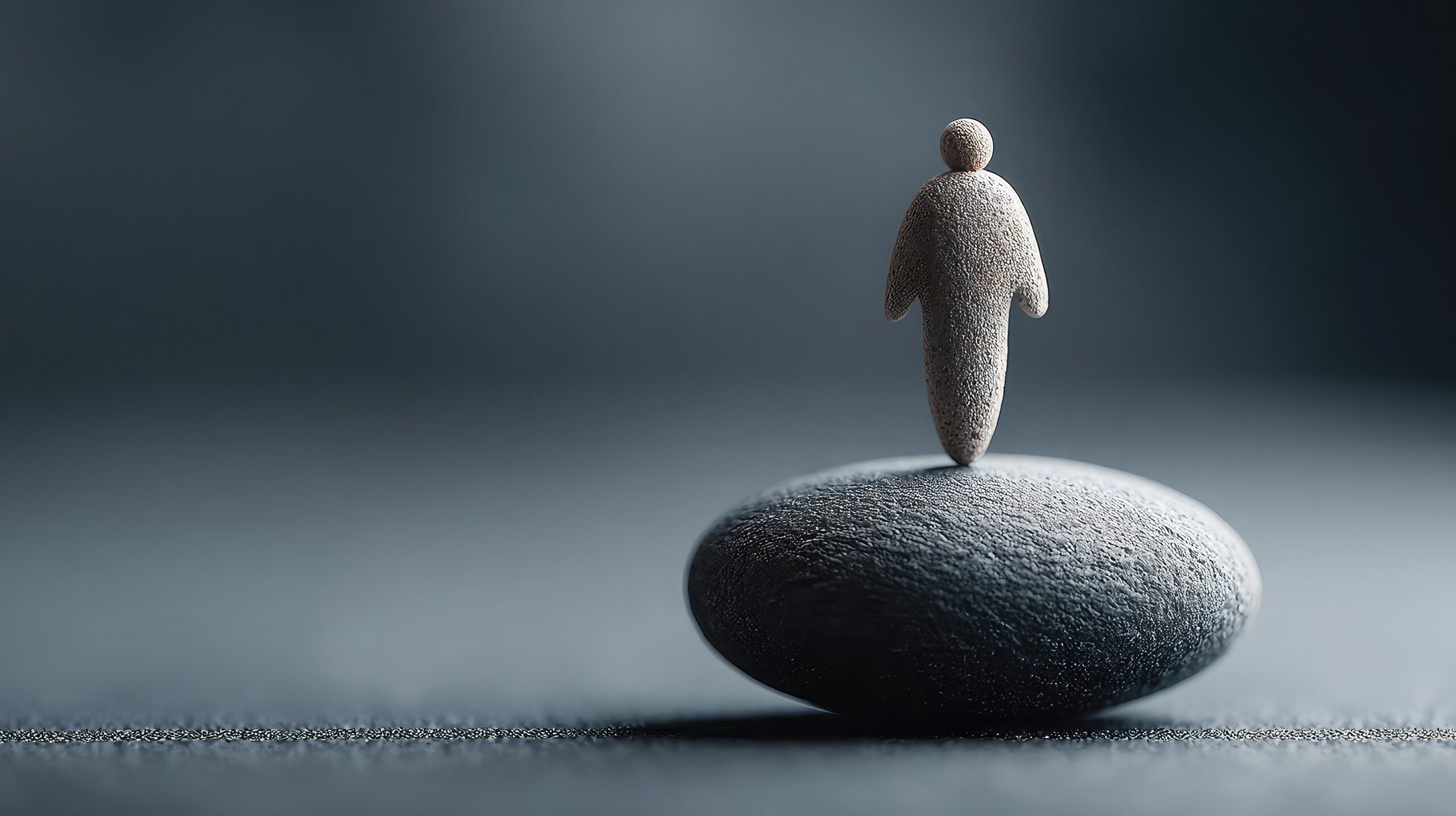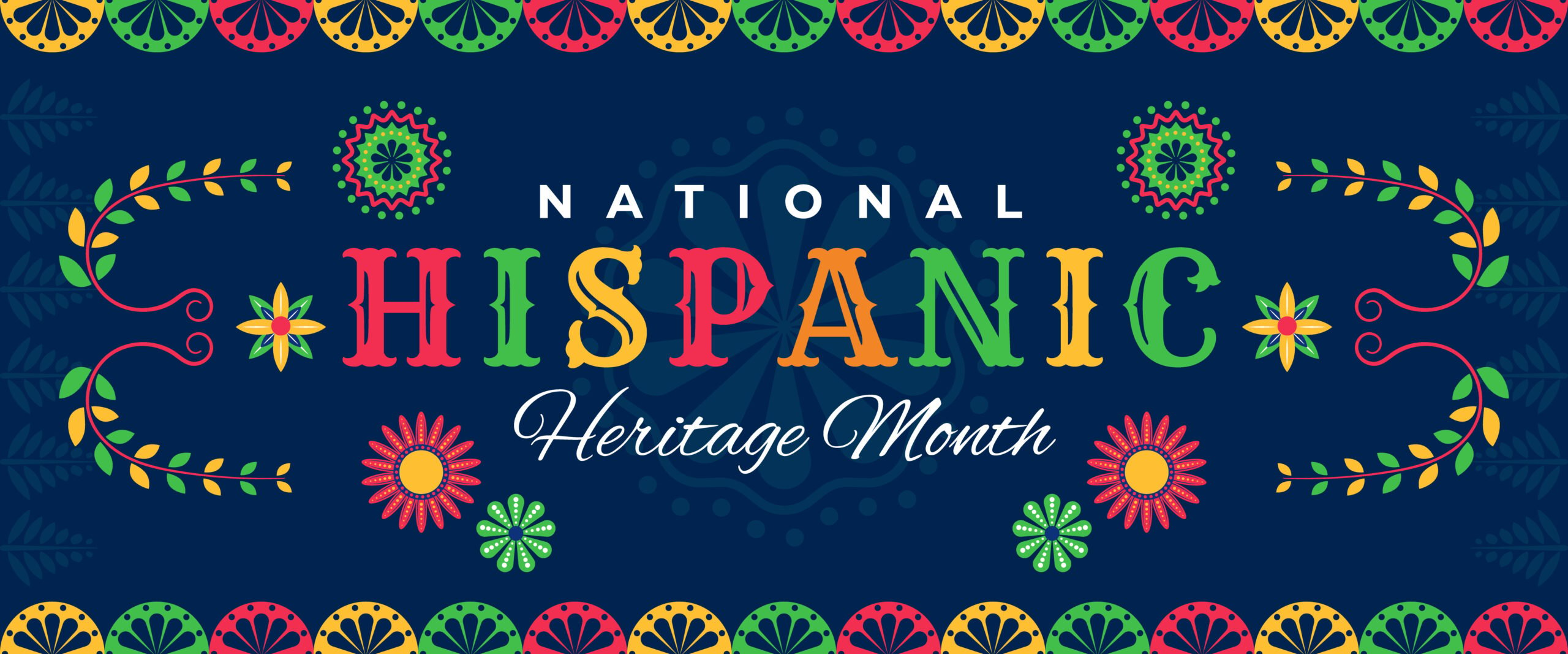3 Lessons Learned From Museums

National Hispanic Cultural Center
This Albuquerque, N.M., institution has played host to Latino writers and artists from across the nation. From world-class art exhibits and Flamenco performances to its genealogy library and Spanish Language Institute, the National Hispanic Cultural Center is more than just a museumits the beating heart for Hispanic culture in the Southwestern United States. However, steep cuts in public funding and a lack of private donations threatened to send the museum under. The museums operating budget fell from $4 million in 2008 to $2.8 million in 2011.
To protect the cultural centers core programming, the museum has looked for creative ways to earn income and defray operation expenses. “Our staff has gotten real creative,” says Gary Romero, the museums interim director. “We are using more local artists to keep costs minimal and we’ve been slow to take down permanent collections. It’s worked out so far.”
Rather than fronting the money for artists fees, the museum relies on promoters. The museum also closed its own self-funded restaurant, and is replacing it with a private restaurant that will generate income rental. To make up for staff cuts, the museum has recruited 200 part-time volunteers.
Lesson learned: Diversify income sources while protecting your core brand.
The Hispanic Cultural Center has a unique brand identity, serving as a museum, a genealogy center and a language institute. Romero wisely chose to preserve the programs that mattered most to the centers brand identitysuch as hosting artists-in-residencewithout fronting the bulk of the programs expense. At the same time, poorly performing parts of the center, like the restaurant, were closed. This not only helped cut the centers financial losses, but also opened up new revenue opportunities, such as leasing the old restaurant space to a local business or chain.
The Museum of Latin American Art (MOLAA)
Based in Long Beach, Calif., MOLAA is the only museum in the United States dedicated to showcasing modern and contemporary Latin American art. Popular programs include En La Noche, a night of music, film, dance and art held every third Thursday.
MOLAA is also active with the local Los Angeles public school community. After state budget cuts left the local public schools with limited transportation, the museum recently spearheaded a fundraising effort for a school bus so that elementary school children could continue to visit the art museum on field trips.




